Mental agility is your brain’s flexibility—the ability to think quickly, switch strategies, adapt to new information, and make smart decisions under pressure. in short, Mental agility is the ability to switch between tasks and between different ways of thinking, such as logical, emotional, creative, intuitive, physical, or motivational.
Mental discipline is the ability to control your thoughts, emotions, and actions in pursuit of a desired outcome. It’s about cultivating the mental strength to stay on track despite distractions and challenges.
Ready to dominate your goals? Success isn’t just about grinding harder—it’s about working smarter with a mind that’s sharp, adaptable, and unstoppable. Mental Agility and Mental Discipline are your secret weapons to transform dreams into reality.
Mental agility, the ability to think fast, pivot effortlessly, and solve problems creatively, fuels mental discipline, which empowers you to control your thoughts, emotions, and actions to stay laser-focused on your goals.
Together, they form a powerful synergy that rewires your brain for success. Studies like the Stanford Marshmallow Experiment show that individuals with strong mental discipline achieve goals three times faster and earn 42% more income, while mental agility enhances cognitive flexibility to navigate life’s challenges.
In this post, we’ll dive into how Mental Agility and Mental Discipline team up to unlock your mind’s potential, explore the Mental Discipline for Success System—trusted by over 50,000 entrepreneurs and high achievers—and share practical strategies to make your ambitions real. Whether you’re building a business, crushing fitness goals, or mastering daily challenges, this guide will show you how to harness these mental superpowers to stay focused, resilient, and ready for anything.
Let’s unlock your mind’s power and get to work!
The Battle—and Balance—Inside Your Mind
Life threw us all curveballs we never saw coming. We learned that we can’t predict everything or plan for every scenario. So when the unexpected hits—and it will—how do we take it in stride and ensure the most positive outcome?
Ever felt like your brain was firing on all cylinders one moment, then completely stalled the next? That inner tug-of-war between staying sharp and staying consistent is no accident. Mental agility and mental discipline for success are two sides of the same coin—and understanding the difference could be the turning point in how you chase your goals.
What Is Mental Agility?
Mental agility is your brain’s ability to pivot, adapt, and stay sharp under pressure. Mental discipline, on the other hand, is what keeps you grounded, consistent, and focused. When these two forces work together, they create a powerhouse mindset—one that thinks fast, decides smart, and stays locked in when it counts.
In this post, we’ll break down the differences between mental agility and mental discipline, show how they work hand-in-hand, and give you actionable tips to sharpen both for greater success.
It’s what top athletes use to shift plays mid-game. What entrepreneurs use to pivot when a business plan flops. And what you use daily when you adjust your schedule, solve problems creatively, or keep calm during chaos.
Key traits of mentally agile people:
- Quick to adapt to change
- Comfortable with uncertainty
- Great problem-solvers
- Emotionally flexible
- Always learning and growing
When you’re mentally agile, you’re not stuck in one way of thinking. You can navigate curveballs, make decisions faster, and stay sharp in high-pressure situations.
The Science Behind Mental Agility
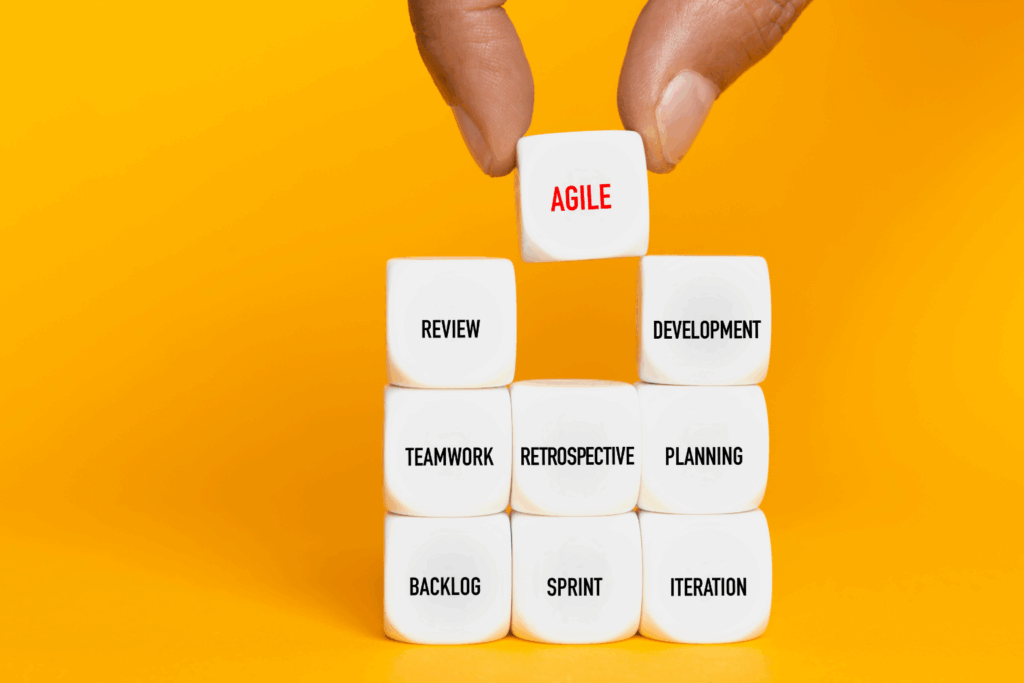
Mental agility isn’t just a buzzword—it’s backed by solid research. Studies in psychological flexibility show that people with higher mental agility are significantly less likely to experience depression, anxiety, or chronic stress. This isn’t about having all the answers upfront; it’s about being confident you can figure out new ways to reach your goals when the unexpected hits.
The research reveals something powerful: mentally agile people don’t just survive uncertainty—they actually report higher levels of overall well-being because of how they choose to think about and respond to challenging situations.
What Is Mental Discipline?
If mental agility is your ability to shift, mental discipline for success is your ability to stay. It’s the structure that holds you steady when distractions hit or motivation fades.
Mental discipline means you:
- Stick to a plan even when it’s hard
- Say “no” to short-term pleasure for long-term gain
- Hold yourself accountable without external pressure
- Show up every day—even on the tough ones
This isn’t about perfection. It’s about consistency. Whether you’re building a busines
What Are Mental Agility and Mental Discipline?
Mental agility is your brain’s ability to think quickly, adapt to change, and solve problems creatively while keeping your goals in sight. It’s like a mental ninja, dodging distractions and pivoting when needed. Mental discipline, on the other hand, is your inner strength to stay focused, stick to plans, and push through challenges without giving up. Together, mental agility and mental discipline form a powerhouse: agility keeps your mind nimble, while discipline keeps it locked on success. Think of mental agility as the spark and mental discipline for success as the steady flame that lights your path.
How Mental Agility and Mental Discipline Work in the Mind
So, how do mental agility and mental discipline team up in your brain to drive success?
Let’s break it down:
- Neurological Teamwork: Mental agility relies on your brain’s prefrontal cortex, which handles quick thinking, problem-solving, and adaptability. When you face a challenge—like a sudden work deadline—mental agility helps you shift gears, find solutions, and stay calm. Mental discipline strengthens neural pathways through repetition, making it easier to stay focused and resist impulses (like scrolling social media). Together, they rewire your brain for flexibility and consistency, key for mental discipline for success.
- Psychological Synergy: Mental agility boosts your confidence by letting you handle surprises with ease, which reinforces your belief in your ability to stay disciplined. For example, when you quickly adapt to a missed workout by rescheduling it, your mental discipline kicks in to stick to the new plan. This cycle builds a growth mindset, where challenges become opportunities, driving real success.
- Success in Action: In practice, mental agility helps you spot opportunities (e.g., a new project at work) and think creatively, while mental discipline ensures you follow through with consistent effort (e.g., meeting deadlines). This combo turns ideas into results, making success tangible—whether it’s a promotion, a healthier lifestyle, or personal growth.
By training mental agility, you make mental discipline stronger, creating a mental engine that powers your goals.
Mental Agility vs. Mental Discipline: The Key Differences
Here’s how these two mental muscles differ—but also complement each other:
| Mental Agility | Mental Discipline |
|---|---|
| Flexible thinking | Structured thinking |
| Adapts to change quickly | Sticks to a long-term plan |
| Problem-solving in the moment | Perseverance over time |
| Embraces uncertainty | Resists impulsive decisions |
| Thrives in chaos | Thrives in consistency |
While they may seem like opposites, mental agility and mental discipline for success actually create balance. Agility helps you pivot when needed; discipline keeps you grounded and on track.
The Benefits of Improving Your Mental Agility Toward Success
Mental Agility and Mental Discipline are the twin engines driving unstoppable success, and improving your mental agility unlocks a cascade of advantages that propel you toward your goals. Mental agility—the ability to think quickly, adapt to change, and solve problems creatively—equips you to navigate the complexities of today’s fast-paced world.
When paired with the structured framework of the Mental Discipline for Success System, these benefits amplify your potential to achieve results faster and more effectively. Here are the key benefits of enhancing your mental agility:
- Enhanced Problem-Solving: Mental agility allows you to approach challenges from multiple angles, finding innovative solutions under pressure. Research from Stanford shows that agile thinkers process complex information 30% faster, giving you a competitive edge in business, relationships, or personal growth. The Mental Discipline for Success System’s Knowledge Acceleration Component supercharges this by aligning learning with your goals.
- Increased Adaptability: Life is unpredictable, but mental agility lets you pivot without losing momentum. Whether it’s a sudden career shift or a personal setback, agile thinkers bounce back 25% faster, according to studies from the University of Cambridge. The system’s Resistance Management Protocols help you manage setbacks, ensuring adaptability fuels progress.
- Improved Focus and Clarity: Mental agility sharpens your ability to cut through distractions and zero in on what matters. This clarity boosts productivity by up to 40%, as reported in neuroscience journals, making every action count. The system’s Focus Amplification Training reinforces this, helping you eliminate mental drift and stay on track.
- Reduced Stress and Burnout: Agile minds handle stress better by reframing challenges as opportunities. Individuals with high mental agility report 32% lower stress levels, per psychological studies, because they adapt rather than resist. The Mental Discipline for Success System’s Identity-Based Restructuring helps you rewire negative thought patterns, enhancing emotional resilience.
- Faster Goal Achievement: Mental agility accelerates decision-making and action, cutting the time to achieve goals. Combined with the system’s Vision Clarity pillar, which transforms vague wishes into actionable targets, you can achieve results three times faster, as validated by Stanford research.
By cultivating mental agility, you’re not just preparing for success—you’re building a mind that thrives under pressure and turns opportunities into victories. The Mental Discipline for Success System integrates these benefits into a daily practice, ensuring you unlock your full potential.
Why You Need Both for Success
Relying only on mental agility can lead to constant change without follow-through. Relying only on mental discipline might make you rigid or resistant to innovation.
But together?
They create a mindset that’s unstoppable.
You become:
- Adaptable in strategy, consistent in action
- Calm under pressure, focused on goals
- Creative in problem-solving, resilient in execution
This combination is what separates people who start strong from those who actually finish strong.
How to Build Mental Agility for Success
Building mental agility is like training a muscle—it requires consistent, intentional practice to become quick, flexible, and sharp. Unlike the strategies in “How to Use Mental Agility to Build Mental Discipline for Success,” which focus on combining agility with discipline, these five techniques are designed to specifically strengthen your mental agility, laying the foundation for success in any domain.
Paired with the Mental Discipline for Success System, these practices will help you think smarter, adapt faster, and stay ahead. Here’s how to get started:
- Engage in Daily Brain Games
Challenge your brain with activities like puzzles, crosswords, or strategy games (e.g., chess or Sudoku) for 10 minutes daily. These stimulate neuroplasticity, enhancing cognitive flexibility.
How to Do It: Spend 5–10 minutes on a brain-training app or puzzle book each morning. Track progress with the Mental Discipline for Success System’s daily tracker to stay consistent.
Why It Works: Studies show brain games improve processing speed by 20%, sharpening your ability to think on your feet.
Pro Tip: Vary the type of game weekly to keep your brain adapting to new patterns. - Expose Yourself to New Perspectives
Mental agility grows when you step outside your comfort zone. Read articles, watch documentaries, or engage in conversations on unfamiliar topics to broaden your thinking.
How to Do It: Dedicate 15 minutes daily to exploring a new subject (e.g., a TED Talk or a book outside your expertise). Use the system’s Knowledge Acceleration Component to align this with your goals.
Why It Works: Exposure to diverse ideas boosts creative problem-solving by 15%, per cognitive research.
Pro Tip: Summarize one new idea in a journal to reinforce learning and flexibility. - Practice Rapid Decision-Making
Train your brain to make quick, effective decisions under time constraints to build agility in high-pressure situations.
How to Do It: Set a 2-minute timer to make small daily decisions (e.g., what to eat or which task to prioritize). Log outcomes in the system’s daily tracker to reflect and improve.
Why It Works: Rapid decision-making strengthens the prefrontal cortex, improving agility by 25%, according to neuroscience studies.
Pro Tip: Start with low-stakes decisions to build confidence before tackling bigger ones. - Switch Tasks Intentionally
Build agility by practicing smooth transitions between different types of tasks, reducing mental lag.
How to Do It: Use the Pomodoro Technique (25 minutes on one task, 5-minute break, then switch to a different task type). The system’s Progress Optimization Component helps you reflect on transitions to optimize flow.
Why It Works: Task-switching practice improves cognitive flexibility by 18%, per University of Michigan studies.
Pro Tip: Plan task switches in advance to avoid decision fatigue. - Visualize Multiple Scenarios
Strengthen mental agility by mentally rehearsing different outcomes for upcoming challenges, preparing your brain to adapt on the fly.
How to Do It: Spend 5 minutes daily visualizing a key event (e.g., a presentation) with three possible scenarios (best case, worst case, likely case) and how you’d respond. Use the system’s printable guides to structure your visualization.
Why It Works: Scenario planning boosts adaptability by 22%, according to psychological research, by preparing your brain for uncertainty.
Pro Tip: Pair visualization with a quick journal entry to solidify your adaptive strategies.
By incorporating these practices into your daily routine, you’ll build a mind that’s quick, adaptable, and ready for success. The Mental Discipline for Success System—with its digital book, six explanatory videos, daily tracker, and printable guides—provides a structured framework to make these habits stick. Get started today at x.ai/grok and transform your mental agility into a powerful tool for achieving your goals.
How to Build Mental Agility and Discipline Together
1. Train Your Brain to Shift Gears
Practice lateral thinking. Do brain teasers. Challenge assumptions. Force yourself out of mental ruts to stay flexible.
2. Stick to Daily Non-Negotiables
Build routines for the boring-but-essential tasks. This creates structure—essential for mental discipline for success.
3. Use “If-Then” Planning
Prepare agile responses with structured logic. Example: If I feel overwhelmed, then I’ll take a 5-minute reset walk before reacting.
4. Take Micro-Risks
Try something new weekly—whether it’s a different route to work or a new conversation starter. This keeps your mind agile and ready.
5. Measure Progress, Not Perfection
Mentally agile people embrace learning. Disciplined minds track outcomes. Together, this makes your growth sustainable and measurable.
6. Master the 30-Minute Solution Sprint
When facing a challenge, set a timer for 30 minutes and write down every possible approach you can think of—not just what you’d do, but how others might respond. This flexes your problem-solving muscles and reveals options you might miss in reactive mode.
7. Practice Strategic Pausing
Before reacting to unexpected events, give yourself space to breathe and think strategically. This prevents automatic panic reactions and ensures your response matches the situation, not just your emotions. If you feel triggered, then you’ll take three deep breaths before responding.
8. Build Your Weekly Reflection Ritual
Every week, spend 10 minutes writing down what went well, what didn’t, and what you’d do differently. This simple practice boosts self-awareness and helps you refine your approach continuously
Real-Life Example
Let’s say you’re launching a new business.
- You need mental agility to test new marketing ideas, adapt to customer feedback, and respond quickly to market shifts.
- You need mental discipline to work consistently, manage time, and keep going when results are slow.
One without the other? You stall. Both together? You thrive.
How to Use Mental Agility to Build Mental Discipline for Success
Now, let’s get practical. Here are five ways to harness mental agility to strengthen mental discipline and achieve real success:
1. Train Your Brain with Quick Pivots
Mental agility shines when you adapt fast. Practice shifting your approach when plans change to build discipline through flexibility, keeping you on track for success.
- How to Do It: When a task doesn’t go as planned (e.g., a meeting cancels), use the extra time for another goal, like planning your week. Set a 5-minute timer to decide and act. This builds mental agility and reinforces mental discipline by staying productive.
- Pro Tip: Keep a “pivot list” of backup tasks to jump into when plans shift.
2. Set Flexible Goals
Mental agility helps you set goals that adapt to change, while mental discipline ensures you stick to them. Flexible goals keep you motivated and focused, even when life gets messy.
- How to Do It: Create “core” goals (e.g., exercise 3 times a week) with wiggle room (e.g., gym or home workout). Review goals weekly to tweak them if needed, using mental agility to stay aligned with mental discipline for success.
- Pro Tip: Use a journal to track goals and note adjustments, keeping your mind sharp and disciplined.
3. Practice Mindful Focus
Mental agility lets you snap back to the present, boosting your ability to stay disciplined. Mindfulness sharpens your focus, making it easier to resist distractions and stay committed.
- How to Do It: Try a 5-minute daily mindfulness exercise, like focusing on your breath. When your mind wanders, gently bring it back. This trains mental agility to refocus quickly and mental discipline to stay on task.
- Pro Tip: Use a cue (e.g., a sticky note) to remind you to pause and refocus during busy days.
4. Learn from Setbacks
Mental agility helps you analyze setbacks creatively, while mental discipline keeps you moving forward. Together, they turn failures into stepping stones for success.
- How to Do It: After a setback (e.g., missing a deadline), spend 5 minutes journaling what went wrong and one action to improve. Commit to that action the next day, using mental agility to adapt and mental discipline to follow through.
- Pro Tip: Frame setbacks as “experiments”—what did you learn, and how will you adjust?
5. Build Adaptive Routines
Mental agility makes routines flexible, while mental discipline ensures you stick to them. Adaptive routines keep you productive, even when life throws curveballs.
- How to Do It: Design a routine with “core” habits (e.g., 20 minutes of work each morning) and backup options (e.g., work at home if you can’t get to the office). Stick to it for 21 days to build mental discipline with mental agility as your guide.
- Pro Tip: Use a habit tracker to monitor consistency and tweak routines as needed.
Your path to success starts in your mind, and mental agility is the key to unlocking mental discipline for success. By training your brain to pivot, focus, and learn from setbacks, you’re building a disciplined mindset that turns dreams into reality.
Start today—pick one strategy, like a quick pivot or mindful moment, and watch your mind transform into a powerhouse. With mental agility and mental discipline, you’re not just chasing goals—you’re making success happen. Go get it!
Final Thoughts
Mental agility and mental discipline for success aren’t just nice-to-have skills—they’re essential for thriving in our unpredictable world. The research is clear: those who develop both are not only more successful but also experience greater well-being and resilience.
If success is a journey, then mental agility is your ability to take new roads, while mental discipline for success is what keeps you moving forward no matter what. Alone, they each have power—but together? They’re unstoppable.
Want real change? Build both. The future you’re chasing depends on it. How will you build your mental agility this year? What daily disciplines will you commit to? The future you’re building depends on both.
FAQs About Mental Agility and Mental Discipline
Got questions about using mental agility to achieve mental discipline? Here are answers to common queries:
Yes! Mental agility is a skill anyone can develop. Practice small daily challenges, like solving puzzles or making quick decisions, to train your brain. Over time, this boosts your discipline and ability to succeed.
You can notice sharper thinking in 2–4 weeks with daily practice, like mindfulness or adaptive routines. Building mental discipline through mental agility takes about 60 days to become second nature, leading to real success.
Absolutely! Mental agility lets you spot opportunities (e.g., a new project) and think creatively, while mental discipline ensures consistent effort (e.g., meeting deadlines). Together, they drive success in any area, from career to health.
Mental agility is the ability to think quickly, adapt to change, and solve problems creatively, while mental discipline is the capacity to control thoughts, emotions, and actions to stay focused on goals. Together, they create a powerful synergy: mental agility allows you to pivot and innovate under pressure, while mental discipline ensures consistent action toward your objectives. The Mental Discipline for Success System integrates these through its Vision Clarity and Commitment-Driven Consistency pillars, helping you achieve goals up to three times faster, as supported by Stanford research.
Improving mental agility enhances problem-solving, adaptability, focus, and stress management, all of which accelerate goal achievement. For example, agile thinkers process information 30% faster and bounce back from setbacks 25% quicker, according to studies from Stanford and Cambridge. By practicing habits like brain games or scenario visualization, as outlined in the post, you can sharpen your mind. The Mental Discipline for Success System’s daily tracker and printable guides make these habits sustainable, turning your goals into reality.
You can build mental agility by engaging in daily brain games, exploring new perspectives, practicing rapid decision-making, switching tasks intentionally, or visualizing multiple scenarios, as detailed in the “How to Build Mental Agility for Success” section. For instance, spending 5–10 minutes on a puzzle or reading about an unfamiliar topic boosts cognitive flexibility by up to 20%, per cognitive research. The Mental Discipline for Success System enhances these practices with its Knowledge Acceleration Component, ensuring your efforts align with your success goals.
Yes, and it’s common. Agile thinkers may jump from one idea to another without follow-through. That’s where discipline brings needed structure.
If you resist change, feel stuck in routines, or struggle to find creative solutions—your agility muscle needs work.
Not quite. Intelligence is your capacity to learn and reason. Mental agility is about how fast and flexibly you apply what you know.
Journaling. It helps you reflect, adapt, and stay consistent—all in one practice.
Check this 7 Daily Habits To Boost Your Mental Agility
Agility helps you recover faster from failure, try new strategies, and stay mentally fresh—boosting your long-term discipline efforts.
Research shows that psychological flexibility—the foundation of mental agility—acts as a buffer against stress, anxiety, and depression. When you can adapt your thinking and responses, you’re less likely to get stuck in negative patterns
Mental agility thrives on a growth mindset—the belief that you can always continue learning and developing, even as an expert. This keeps you ahead of changes and helps you view failures as learning opportunities rather than dead ends.

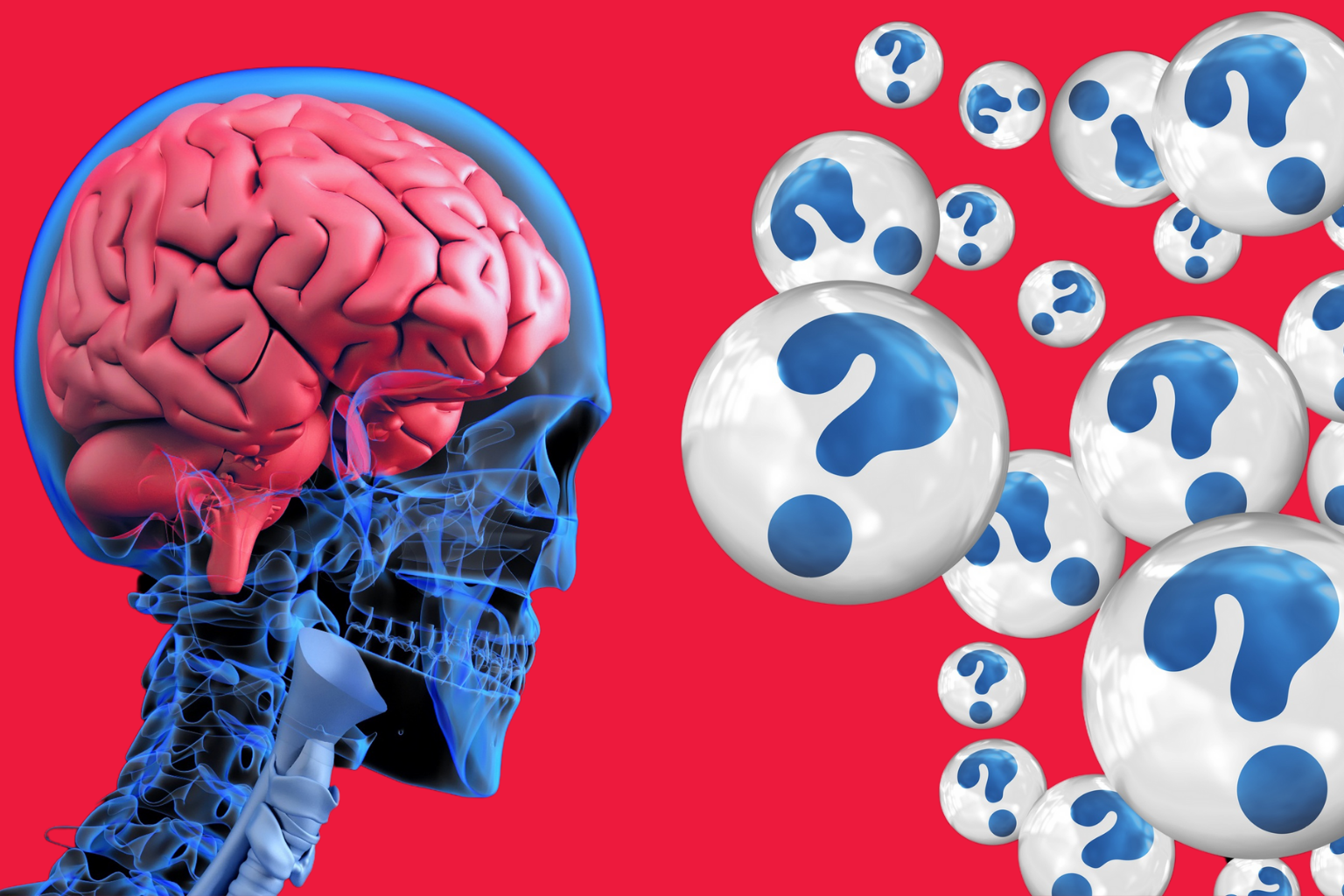



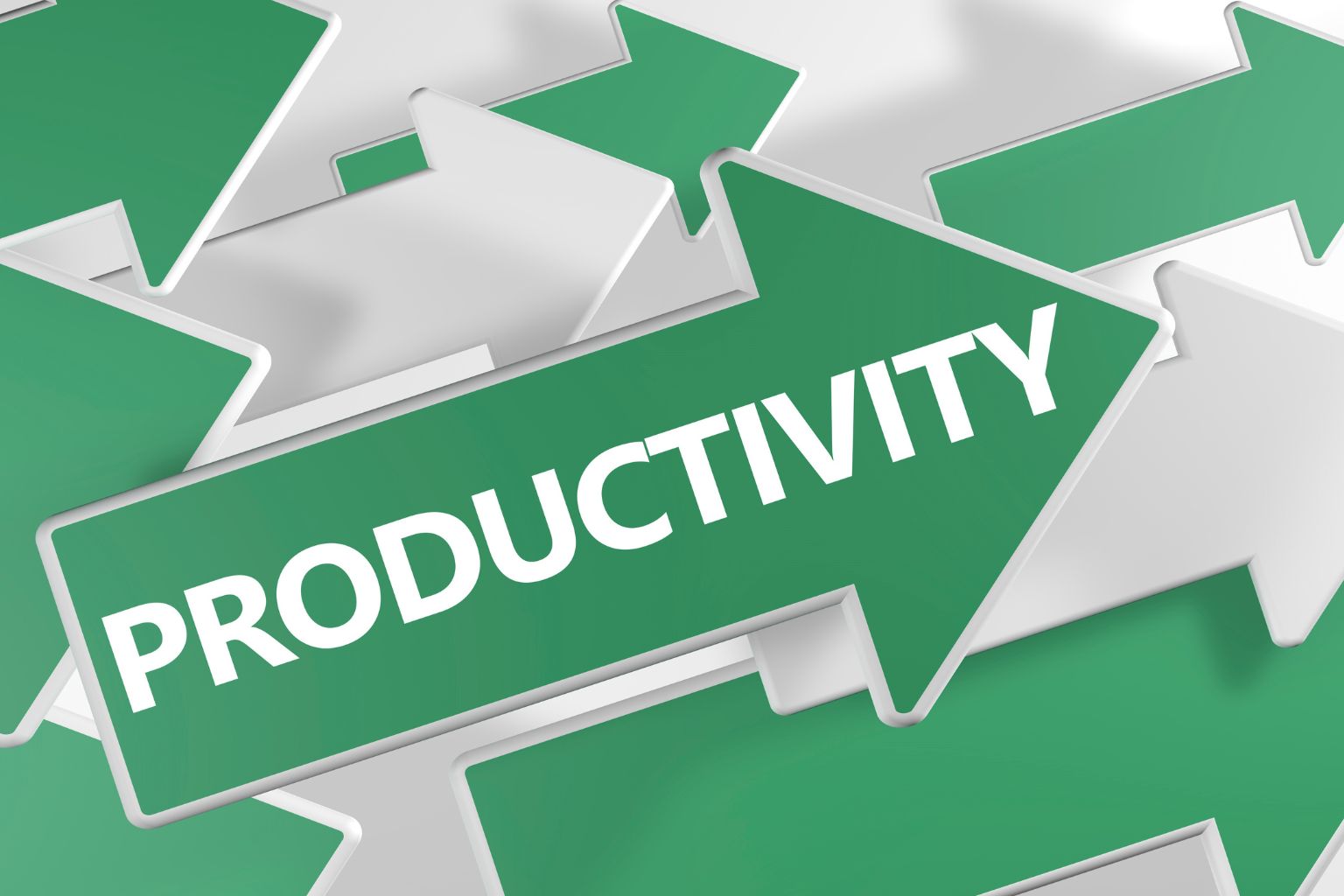
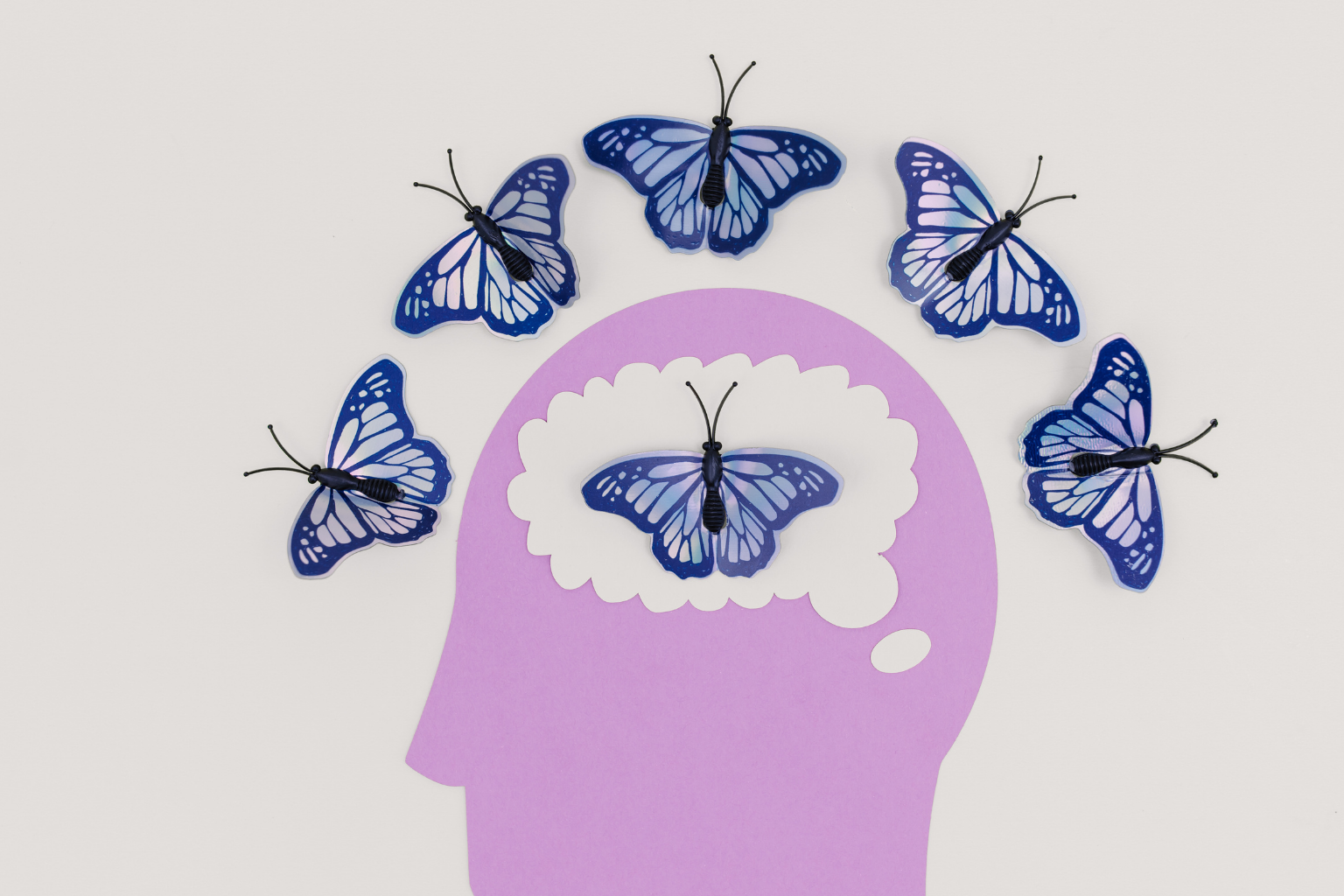

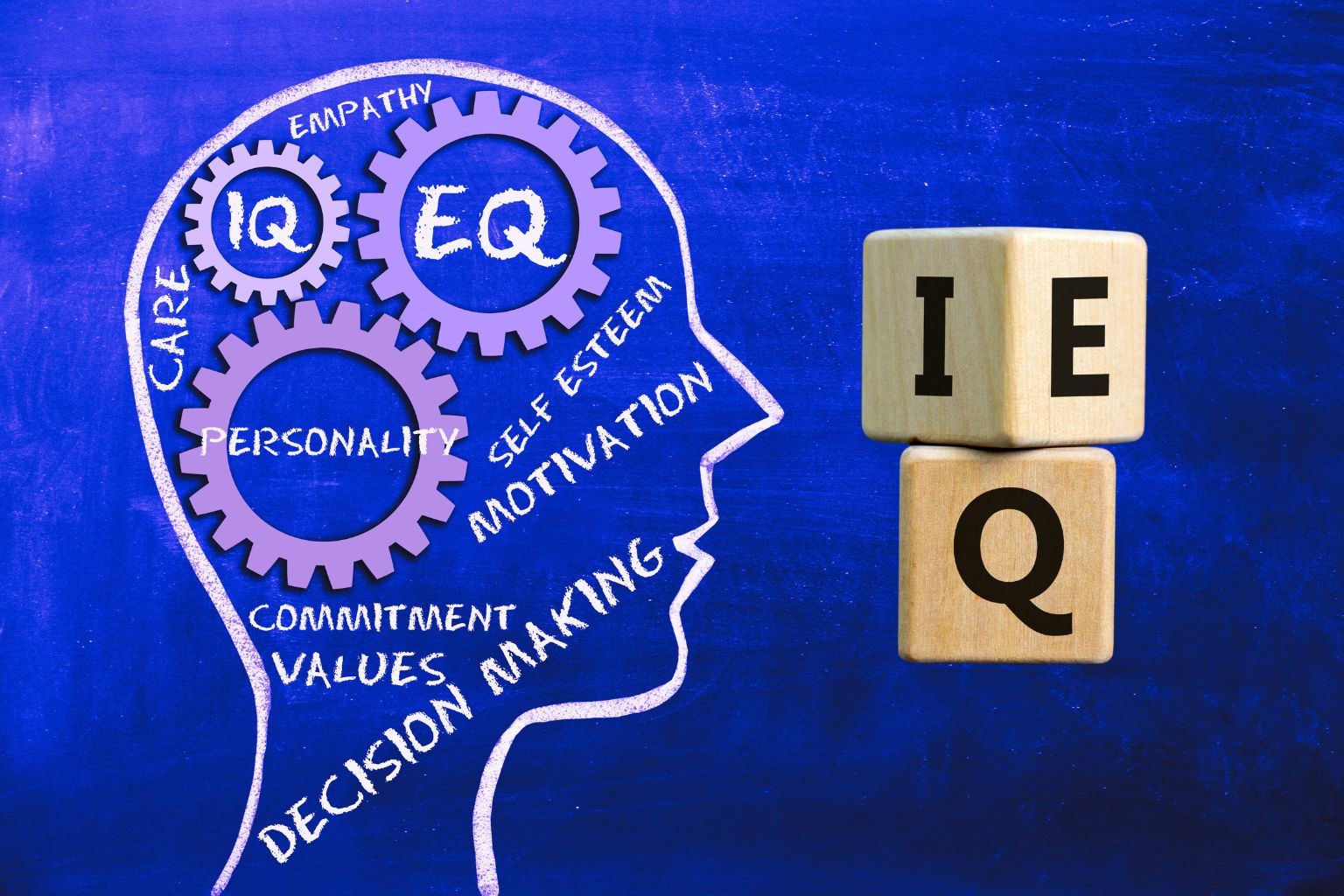


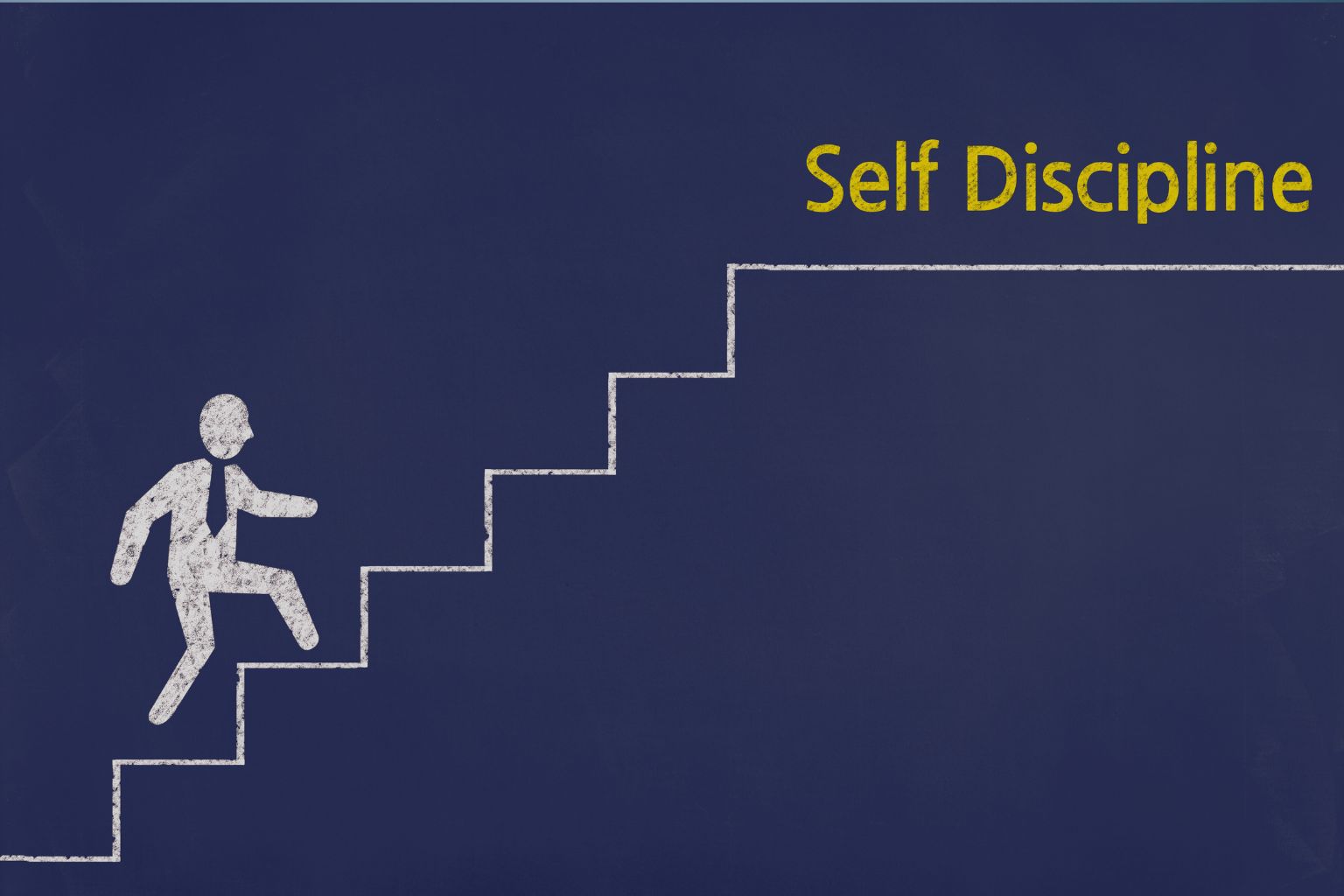





Share it!